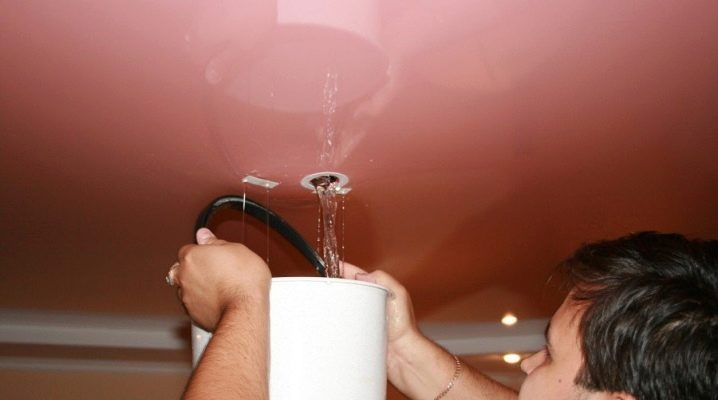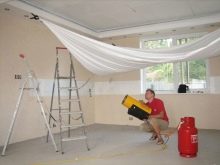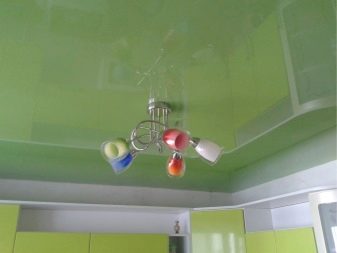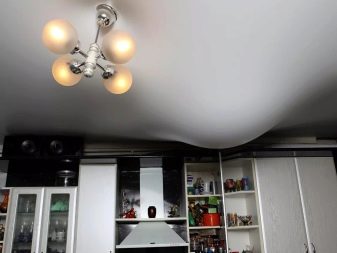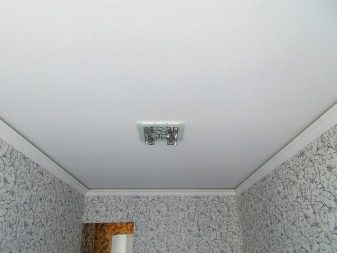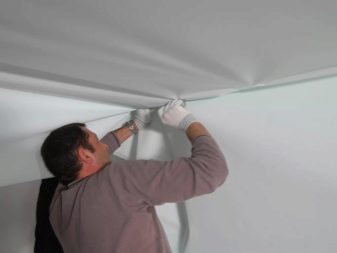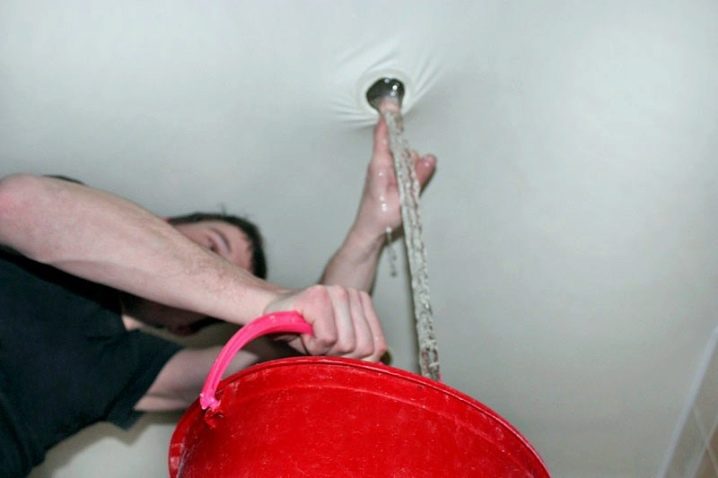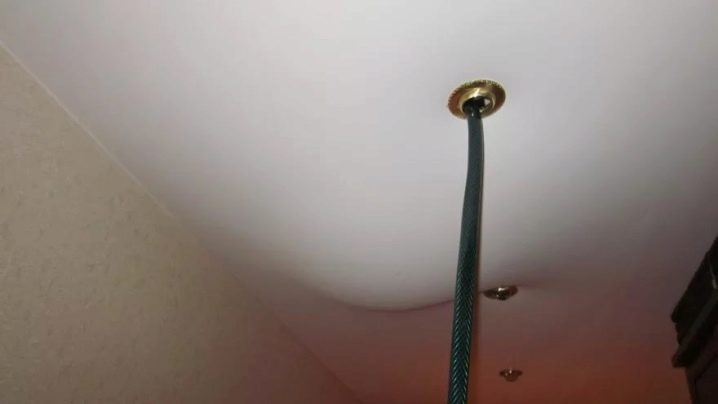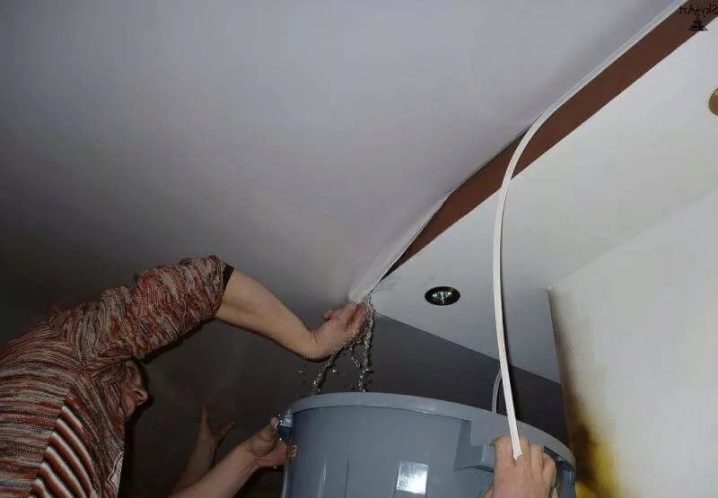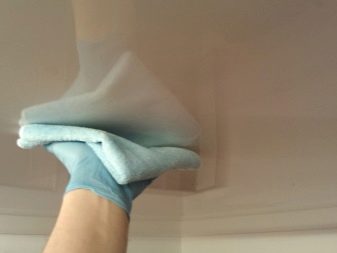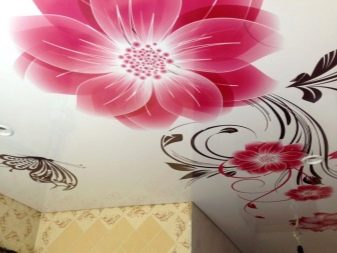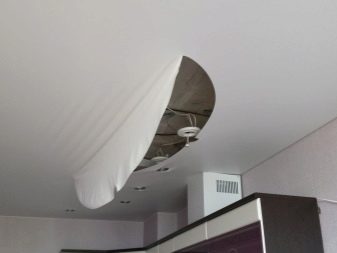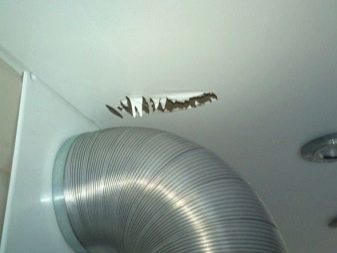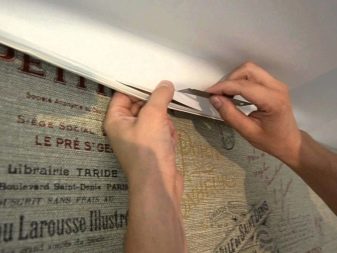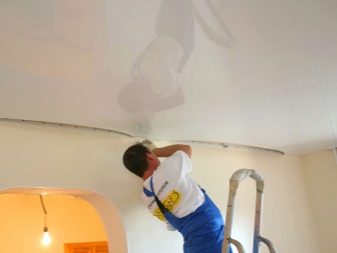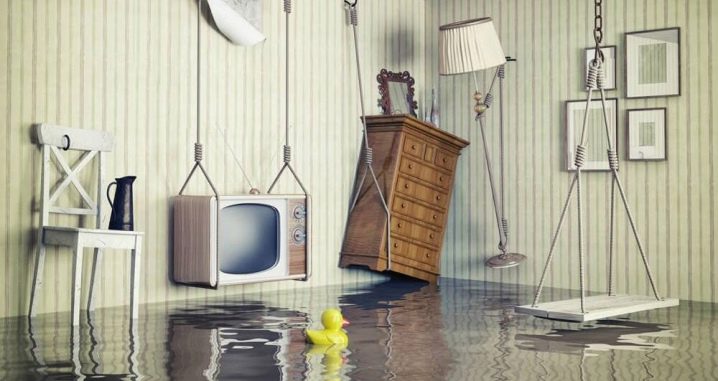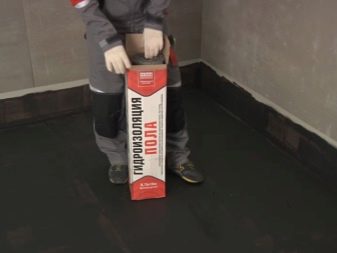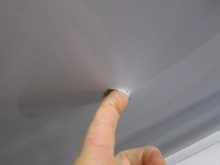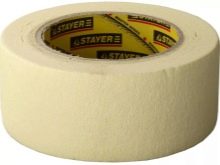How to drain the stretch ceiling from the water
Stretch ceilings every year enjoy increasing popularity among the population. This method of decoration of the ceiling space in the apartment is affordable due to the large competition of construction companies, performers, guarantees a fairly quick result, involves many design options through the use of spotlights and different colors of material.
An important advantage of this type of repair in a residential area is the ability of the material from which the stretch ceiling is made to hold back water. Sometimes there are situations when you need to drain this water yourself.
Special features
One of the obvious disadvantages of living in an apartment building is the presence of neighbors over your head.Few people managed to live in the same apartment for decades and have never been flooded due to the carelessness of their neighbors or the breakthrough of water pipelines in a residential area to the floor above. Unfortunately, even living on the top floor does not guarantee the inability of the flood, since roof structures also tend to wear out. In this case, flooding may occur due to heavy rainfall.
Modern stretch ceilings are made of different materials, which can be divided into two groups:
- Fabric materials from polyester fibers. Such ceilings are considered more environmentally friendly, most often they are not very affordable, but their water resistance in the event of a flood will be significantly lower.
- Polyvinyl chloride (PVC) ceilings are more popular with customers. Such ceilings are able to restrain the colossal amount of water between floors due to the hyperelasticity of the material.
If the flooding of the apartment touched you personally, then the best way to get rid of the water above the stretch ceiling would be to contact the company with which you entered into an agreement for the installation of ceiling structures.If the firm no longer exists or you cannot contact its representatives for any reason, you can contact other specialists.
But at the same time, it is strongly recommended to have a contract or at least an act on the provision of services so that you can find out what material your ceiling is made of. This will facilitate the work of the master and save him from possible errors.
However, unfortunately, often water leaks happen in the evening or at night, or on weekends, when it is difficult to contact the performer. In this case, it makes sense to drain the accumulated water on your own in order to prevent the breakthrough of large volumes of water on the floor. It is necessary to drain the water, following our recommendations.
How much water can hold?
PVC stretch ceiling is quite elastic and durable. Upon contact with water, irreversible changes in the properties of the PVC film do not occur. Color and elasticity are able to persist even for a long time. If a leak is noticed and fixed in a timely manner, the probability of a breakthrough is almost zero.
When quantifying the volume of water should be based on the following figures: on average, a square meter of ceiling material is capable of holding a pressure of 100 liters of fluid. This figure will fluctuate, depending on related factors.
Of particular importance is the brand of material, different manufacturers are guaranteed different tensile strength. In addition, it must be borne in mind that the larger the room where the flooding occurred, the smaller the volume of fluid that can hold the canvas.
Stretch fabric ceiling has good strength, but its elastic properties are minimal. In addition, woven polyester material can pass water. To reduce the permeability, the fabric of the ceiling leaf is preliminarily covered with a special varnish, but it does not guarantee complete water resistance. Most likely, water will still seep through the fabric.
At the same time, when in contact with water, the polyester thread loses its properties and appearance, so there is a high probability that the ceiling will have to be replaced after the flood. If there is a lot of water, due to the low elasticity, the fabric will simply pop out of the perimeter fasteners and the entire volume of water will be on the floor.
The material does not withstand heavy loads, and such troubles happen around the clock.
How to remove?
Procedure:
- Before you begin to address the effects of flooding, make sure that you and your family are safe. Remember that tap water is an ideal conductor for electric current, so first of all de-energize the living space by turning off the apartment’s main automatic machine or unscrewing the plugs to avoid short circuits. Notify neighbors about the occurrence of trouble and make sure that they shut off the taps, and the water will no longer come.
- If the apartment is empty, contact the main entrance, the concierge or the representative of the management company for the keys to the basement to overlap the riser. After that you will need to prepare in advance all the necessary materials and tools.
- In no case do not try to drain the water all alone, it is unrealistic. You will need extra hands and not alone. Seek help from friends, relatives and closest neighbors.
- Next, collect as many water tanks as possible.Take all that is - buckets, pots, you can use large bottles for drinking water. It's great if you have a long rubber hose at home, if not, ask around your friends, it will ease the process of removing water and save time and nerves.
- Remember that there is always the risk of water being poured onto the floor. Therefore, in advance, remove personal items, documents and money from the room, cover the furniture with cellophane film, carry out all household appliances and electronics, and ask someone to look after young children and pets.
- When everything is complete and all the preparatory work is done, you can begin to assess the situation. If in the room where the water bubble appeared, there are ceiling lights, water can be removed through the holes for their installation. Choose the hole nearest to the water pool if there are several of them on the ceiling. To drain the water unscrew the de-energized lamp and dismantle it. Use for this only sustainable furniture or serviceable stepladder. Take the hose and place one end in the basin to collect water, and the other gently enter into the hole for the lamp.
- Gently pull the mounting ring inside the hole to bring it closer to the level of the bottom of the water bubble.Ask a friend to gently lift the fabric with your hands at the center of the water bubble so that the liquid flows smoothly in the direction of the hole. From the hose will pour water. When you see that the tank is about to fill, squeeze the bottom edge of the hose and change the capacity. It is better to work together and with pre-prepared several large basins for water, then the process will go faster and less risk of spilling water. If there is no hose, you will have to carefully hold the container straight to the hole in the ceiling and change it in a timely manner so as not to soak the floor.
- It happens that in the material of the canvas there are no holes for connecting lighting fixtures. In this case, the best option is to drain the water over the edge of the ceiling material. Usually choose the corner closest to the water bubble. Having climbed a stepladder or a sturdy table, gently bend the decorative frame around the room and the restraining edge of the PVC film. With a rounded trowel or other non-sharp object, carefully and without haste, remove the edge of the cloth from the perimeter aluminum profile. Release a small amount of material, pull slowly.If you act too energetically, you will simply spill all the water.
- Substitute the water tank. By tensioning the material, control the flow. Work smoothly, gradually raising the sagging portion of the ceiling to direct the water to the edge of the canvas, but do not be too zealous and firmly hold the material in order to avoid spills of liquid.
- When you are sure that you have collected all the water above the stretch ceiling material, be sure to take steps to dry the canvas. If this is not done, mold will quickly multiply on the film. An improperly dried ceiling can also cause a musty, unpleasant smell in the house. Also, pay attention to the water you collected.
If it turns out to be dirty, it is necessary to wash the surface of the tension fabric to prevent the appearance of stains and stains, as well as to prevent the multiplication of bacteria under the ceiling. It is necessary to pump out such water as quickly as possible.
- The same applies to soap and water containing detergents, for example, when washing or dishwashers break. It is also recommended, after thorough drying, to treat the surface of the material with antiseptic solutions.It is better to choose aerosol application options, so the probability of successfully covering the entire area of the contaminated web with an antiseptic is higher. On the ceiling should not be drops.
- One way or another, as soon as the next opportunity arises, call the wizard from the appropriate installation organization. Firstly, he will be able to carry out professional drying of the surface of the ceiling material in order to guarantee its further normal operation. Secondly, with the help of special heat guns, ceiling specialists will be able to eliminate the effects of excessive film tension and remove sagging, restoring the original appearance to the ceiling. If you want to align the canvas yourself, do not forget that you act at your own risk. No one will indemnify you in the event of damage to the web or loss of its characteristics.
- To align the ceiling material on your own, use a building or household hair dryer that works at a high temperature. Hold the outlet of the hair dryer as close as possible to the surface of the film to smooth it out, but do not hold it in one area, but move it smoothly so as not to melt the material by excessive heating.If you are not confident in your abilities, it is better to contact the specialists. They will do the work more professionally.
How to avoid water on the floor?
If the flooding could be detected and stopped immediately, there is a high probability that a large volume of water would fall between the draft ceiling and the tension material.
Despite the mentioned positive characteristics of elasticity and tightness of a PVC film, the risk of a breakthrough does exist:
- Elasticity has limits and weakens over time.
- There is a danger of damaging excessively stretched material with sharp corners of room furniture or carelessly used household items.
- The gap can also occur from contact with the pointed edges of the chandelier or sconce. If the ceiling covering is joined from several canvases, the probability of rupture and discharge also increases at their junction.
Sometimes frightened pets may accidentally gnaw their sagging canvas with sharp claws, jumping, for example, from a closet. This rarely happens, but if you have pets, you cannot completely exclude such a scenario.
Act carefully and carefully. Excessive haste can lead to mistakes and cost you the cost of a new stretch ceiling. In no case do not try to pierce the PVC sheet with sharp objects. Such a torn hole then it will be almost impossible to patch. And if the volumes of water are really large, then with a sharp movement of the flow of liquid a small hole will instantly burst to an enormous size, and the whole flow will rush down.
In addition, in this case, it will be impossible to restore the appearance of the canvas, and replacement is inevitable. For the same reason, do not use knives and other sharp objects when releasing the edge of the ceiling material from under the decorative baguette.
Do not squeeze the ceiling bubble too actively and drive water towards the opening for the chandelier. If you accidentally overdo it, you just do not have time to collect it, then leakage is inevitable. Do not smooth the sagging portion of the cloth with tools. Negligence can lead to the spread of water over the entire area of the room, and its accurate draining will be impossible.
Before you begin, adequately assess the scale of the trouble.
Do not proceed to the self-removal of water, if you are not confident in your abilities, better call the professionals provided with the necessary tools. Do not start draining before the arrival of assistants. Remember that there can be a lot of water, which means that you will not have enough five-liter large saucepans, and there will be no time to search for new tanks in the process of removing water that has accumulated.
Useful recommendations:
- The best way to preserve the appearance of your ceiling, and the interior of the apartment as a whole will be to prevent possible flooding. Optimally, if your neighbors from above are busy repairing their premises. If you manage to arrange for them to waterproof the floor, the probability of flooding will subsequently tend to zero. These activities involve the laying of rolled roofing material or fiberglass and are performed only with major repairs.
When pipes break through, these materials will restrain water and prevent its flow through interfloor overlaps.
If flooding has already occurred, do not hesitate to discuss with the perpetrators the procedure for compensation for material damage.After all, most likely, you will have to spend money to eliminate the consequences of someone else's misstep or poor-quality maintenance of plumbing.
- After draining the water do not rush to install and put in work lighting devices. Before the final drying, it is required to wait at least seven days to eliminate the possibility of a short circuit and electric shock.
- If the flooding occurred as a result of a breakthrough of the heating system using the process fluid-coolant, then the only way out would be to replace the ceiling. Independent removal of the bladder in this case is strictly prohibited and dangerous to health.
- If, despite the precautions, the PVC film was still damaged by a sharp object, try to seal the hole with a patch of masking tape. But in the future, such a ceiling is better to replace, so that with the new flooding the apartment and personal belongings would not be damaged.
As you can see, with proper preparation, proper mood, and with reliable assistants, it is possible to drain the water from the stretch ceiling without negative consequences on your own.
How to drain the water from the stretch ceiling, see below.
